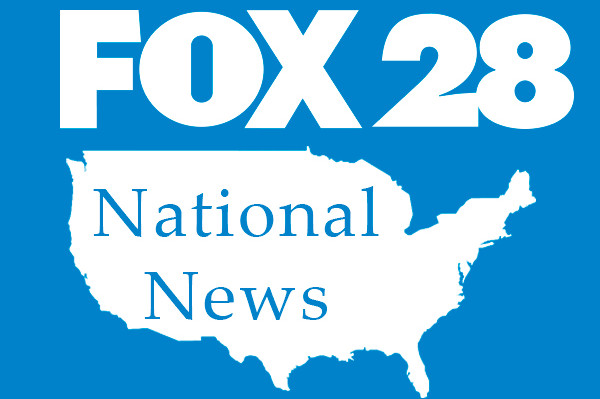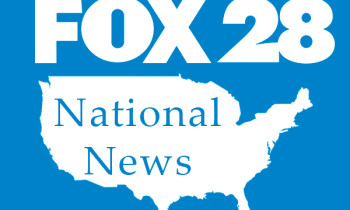
More than 2.6 million homes in 14 states are at a moderate to very high risk of wildfire damage in 2024, according to an August report from CoreLogic, an analytics and insights company.
The report also finds that just three states — California, Colorado, and Texas — make up 70% of that risk, with Oregon and Arizona right behind them.
“In recent years, we’ve seen wildfires occur in unexpected places, reinforcing the need to understand the risk landscape and take mitigation action,” Jon Schneyer, CoreLogic’s director of catastrophe response, said in a press release. “Both insurers and consumers have a role to play to ensure adequate protection.”
What causes high wildfire risk?
Climate change has led to more dry organic matter, which feeds wildfires, according to the Proceedings of the National Academy of Sciences (PNAS). Because of this, the number of large fires doubled between 1984 and 2015, PNAS reported. Another 2021 PNAS study found the warming atmosphere is the main driver of increased fire weather in the western U.S.
But it’s where the wildfires burn that matters to human life and property.
California, Colorado, and Texas face an elevated risk because each has a high number of homes in undeveloped areas or areas near trees and vegetation, according to CoreLogic’s report. Los Angeles is a sobering example. More than 245,000 homes have moderate or high wildfire risk and would cost a total of $186.6 billion to rebuild.
Who pays for the damage?
Some of the most expensive years for insured wildfire losses have occurred since 2016, according to a 2023 analysis from reinsurer Swiss Re. From 2013 to 2022, wildfires cost $69.9 billion globally — but the U.S. experienced eight of the 10 most expensive wildfires for insured losses.
Unlike flooding and earthquake damage, homeowners insurance covers fire damage, even from wildfires, so the resulting losses fall squarely on property insurers. Some insurance companies also offer dwelling fire insurance, which is typically for non-primary residences like rentals, vacation homes, or investment properties.
Insurance companies consider many factors when setting premiums, including the potential for severe weather damage that can lead to expensive claims. Texas and Colorado are among the 10 most expensive states for home insurance, according to Insurify’s homeowners insurance report.
California’s strict rate regulations have led to lower average rates, but some insurers have pulled coverage from especially high-risk areas, leaving homeowners without many options. California Insurance Commissioner Ricardo Lara is accepting public input on a new wildfire modeling regulation aimed at bringing more coverage to those areas.
What’s next: Implementing mitigation measures
CoreLogic’s report strongly recommends communities take action to mitigate wildfire risk. Doing so could reduce expected per-property losses by 75%, according to the report.
Homeowner actions include creating a vegetation-free 5-foot buffer around homes, installing fire-rated roofs and ember-resistant vents, and maintaining a clear deck and yard. Community efforts can include using Wildfire-Informed Development Patterns to reduce new construction in risky areas and implementing external buffers.
“These numbers may seem overwhelming, but research shows that mitigation efforts make a real difference in potential losses from wildfires,” said Schneyer. “The good news is there are actions people can take to lessen the risk.”
Related articles



